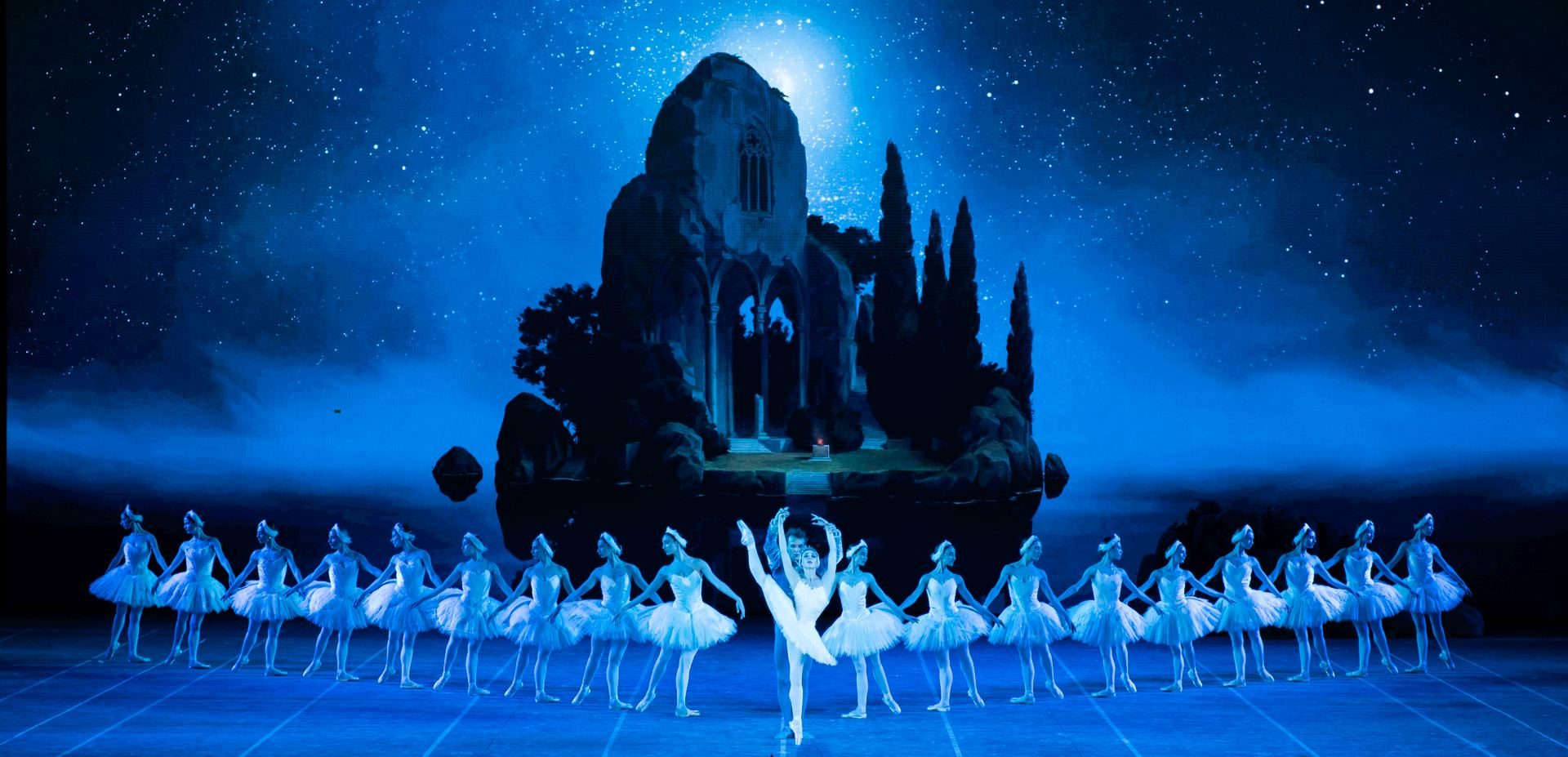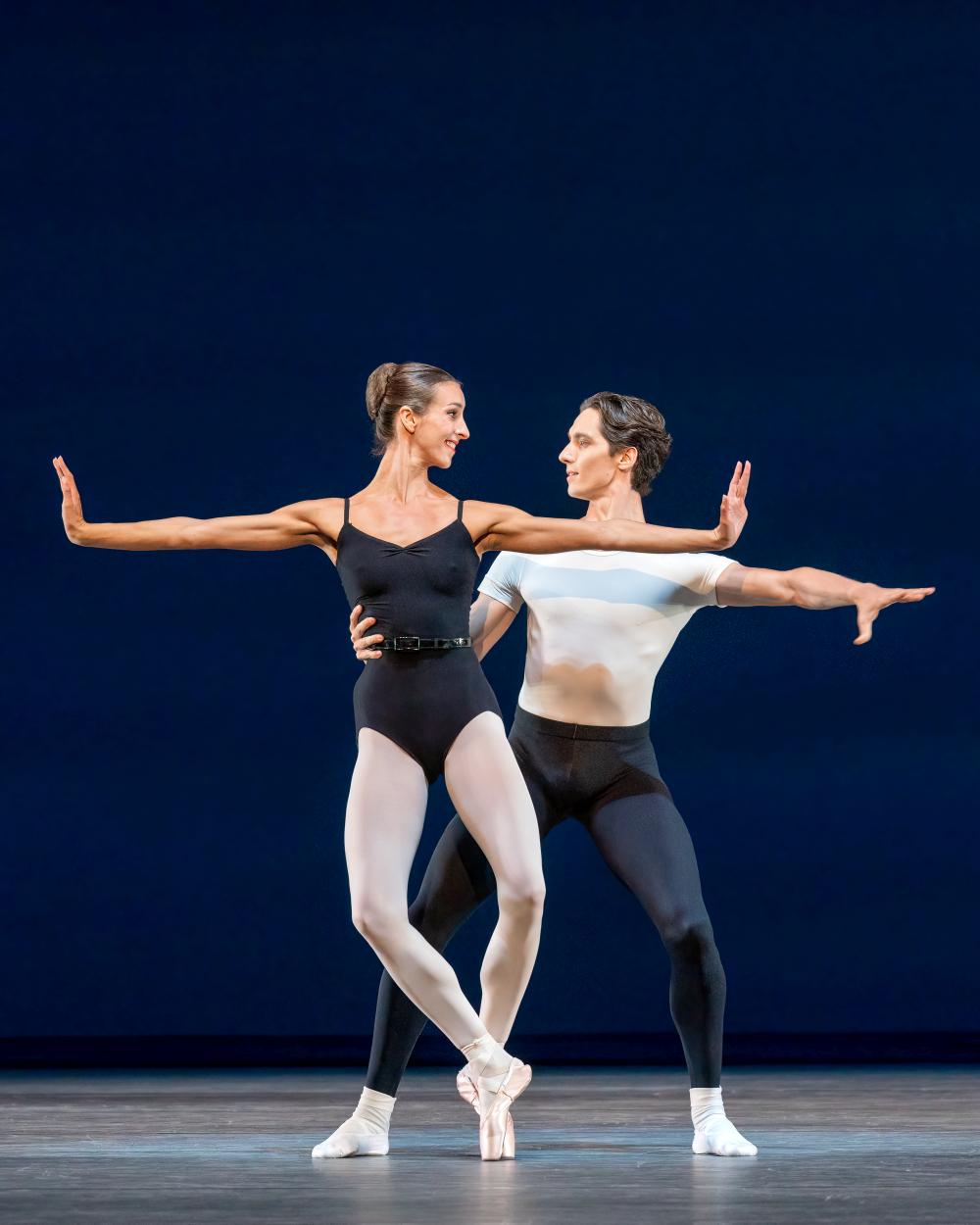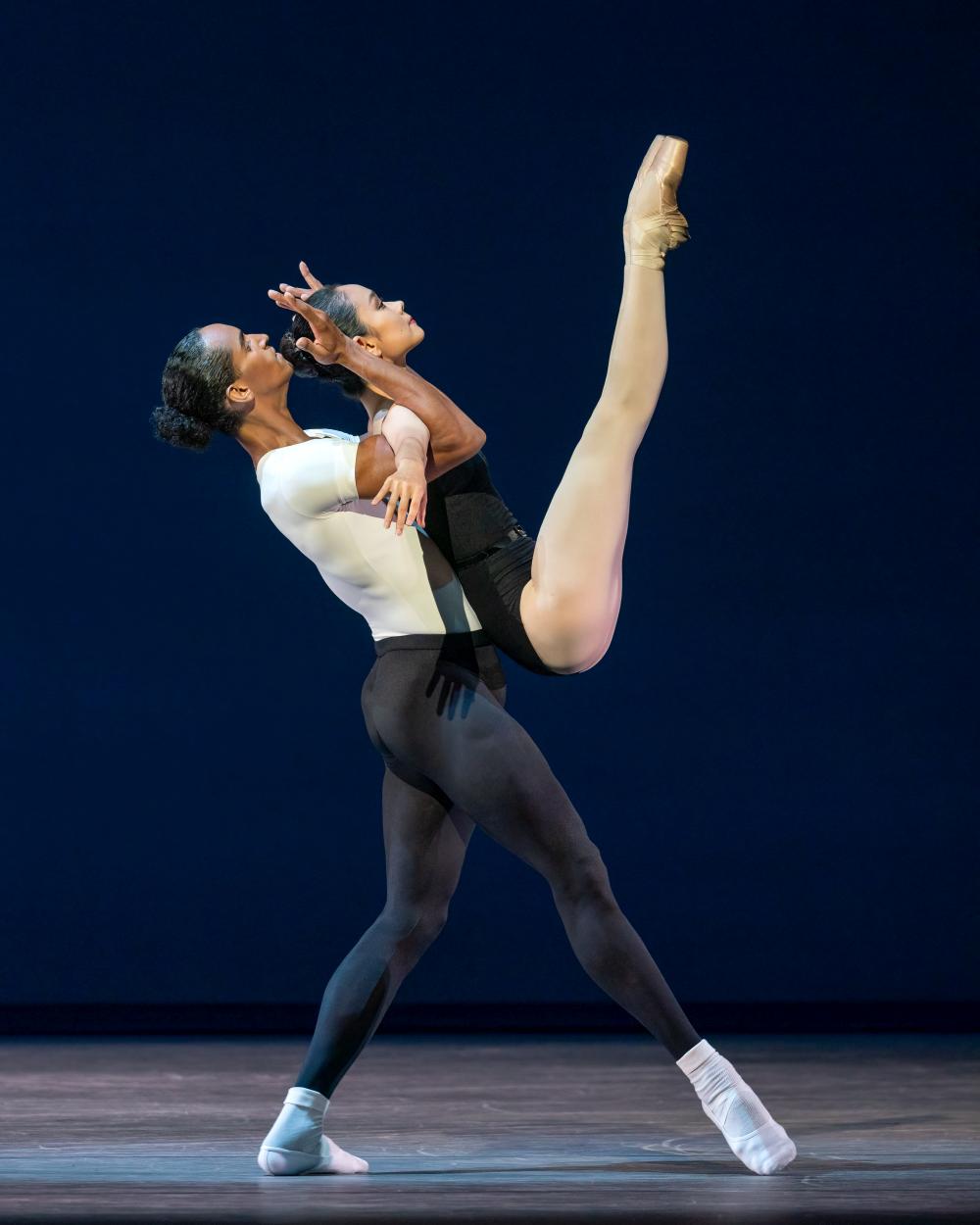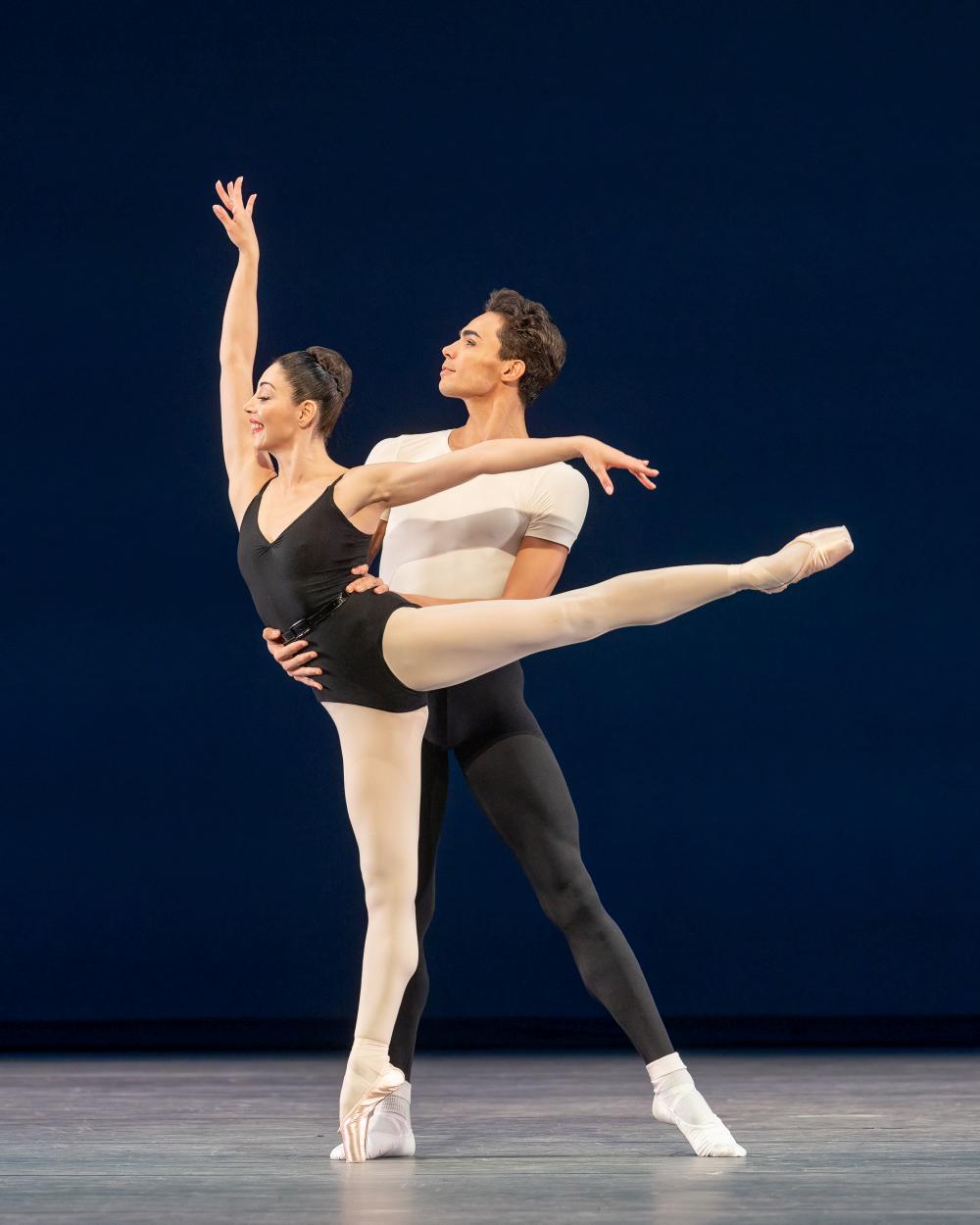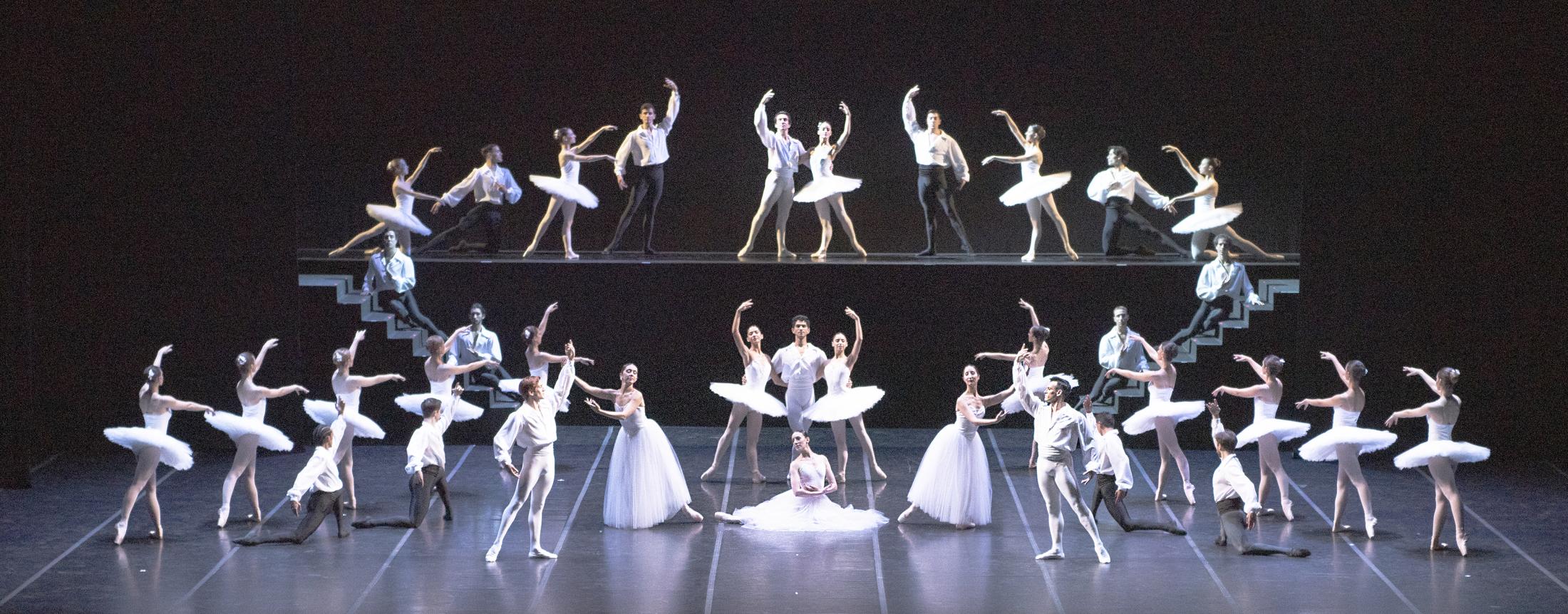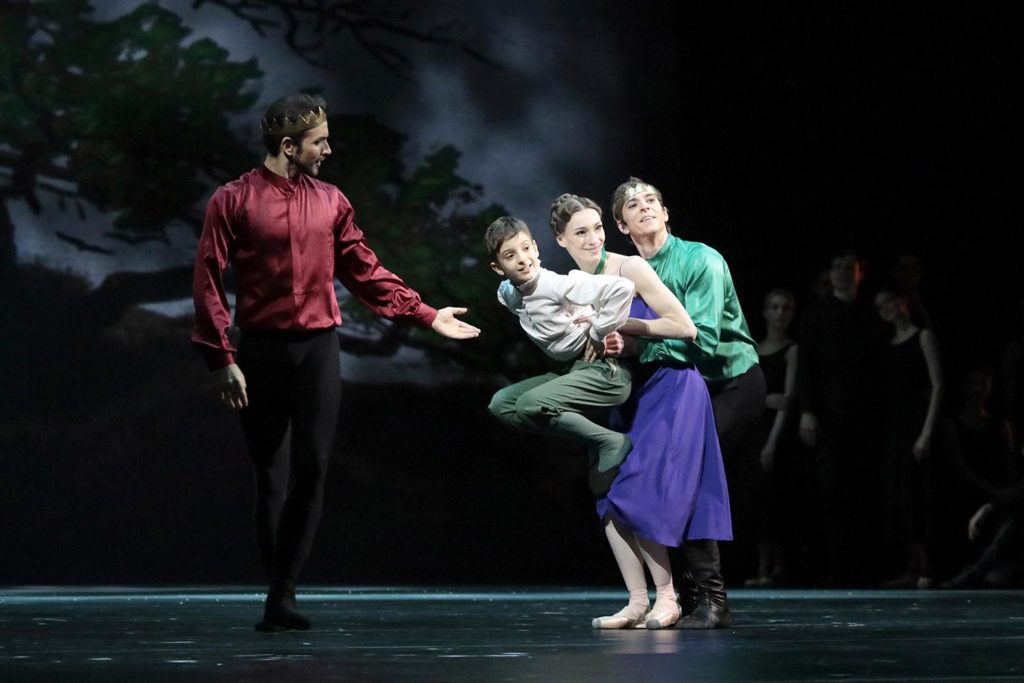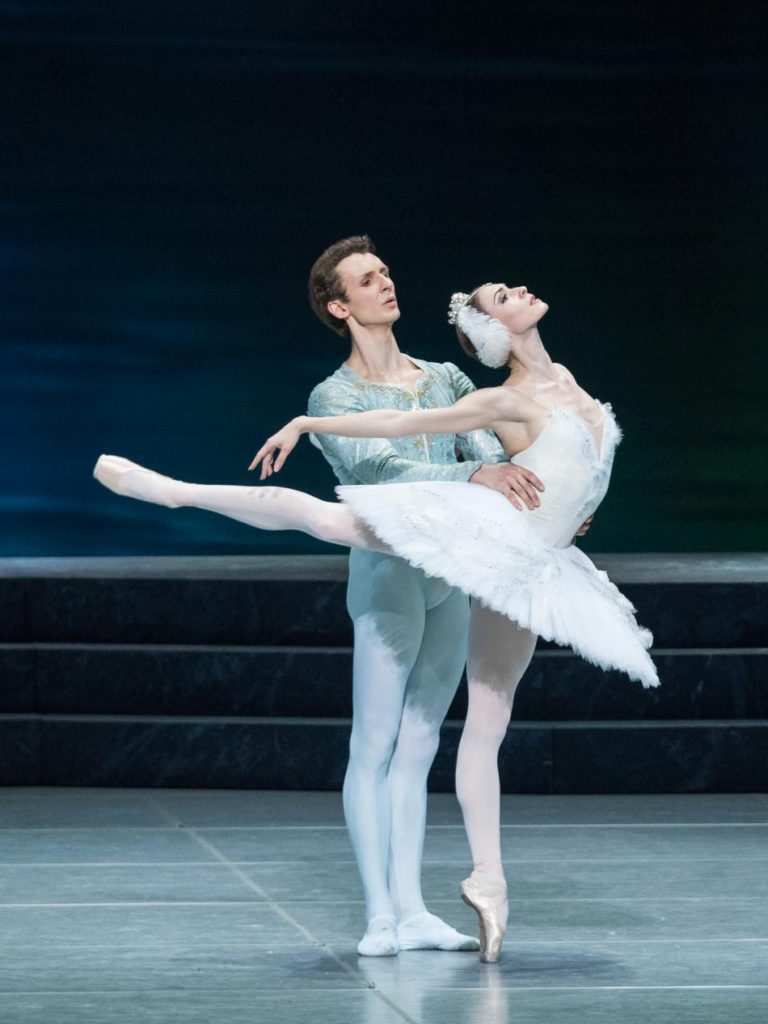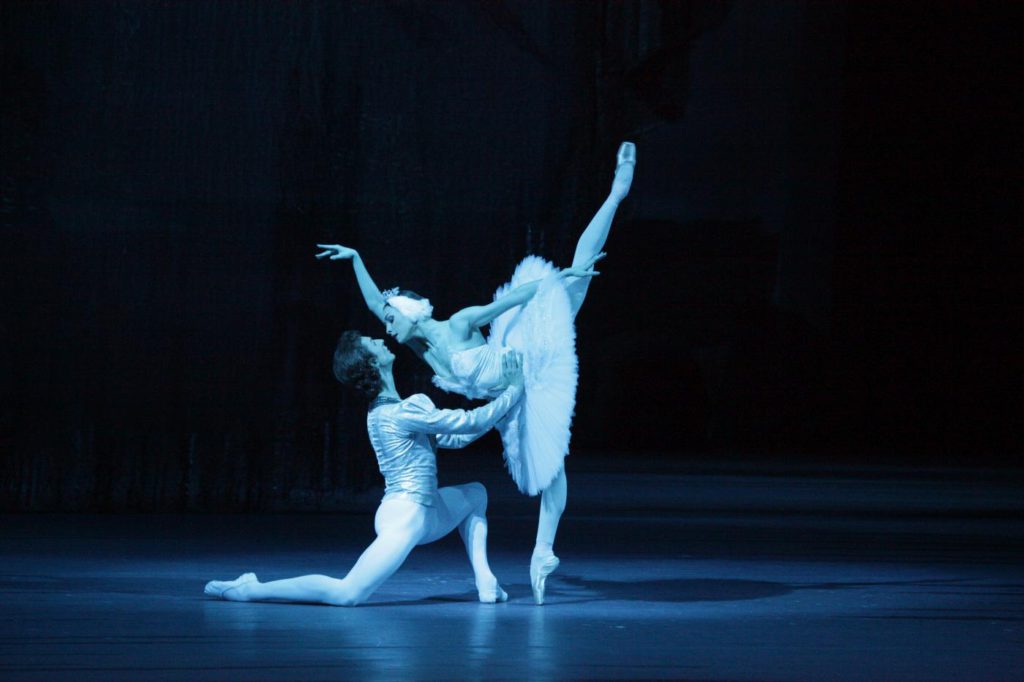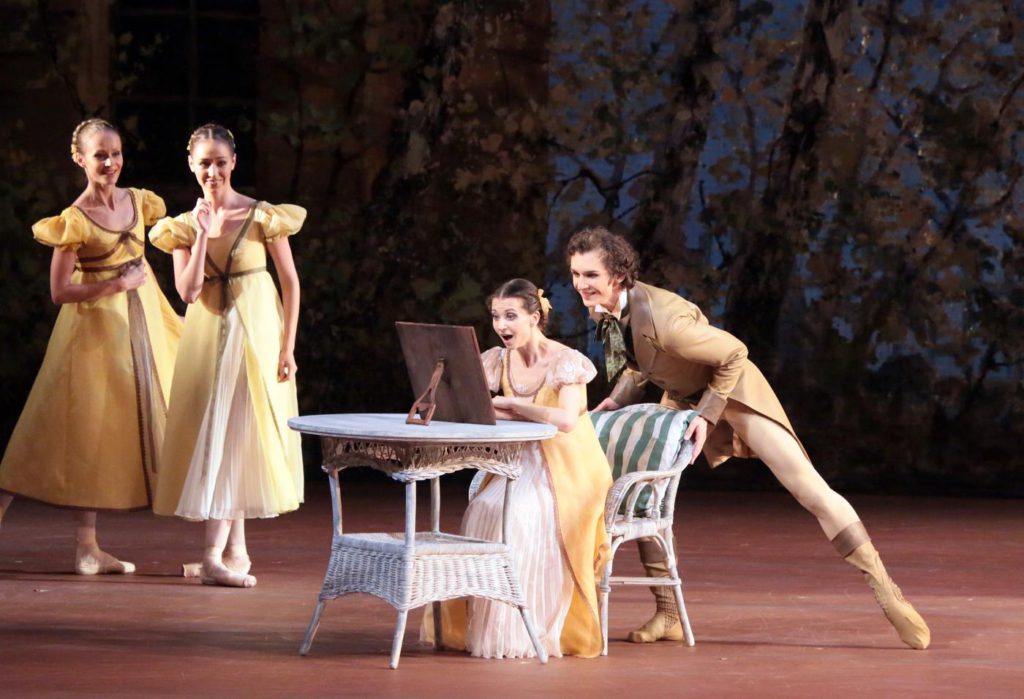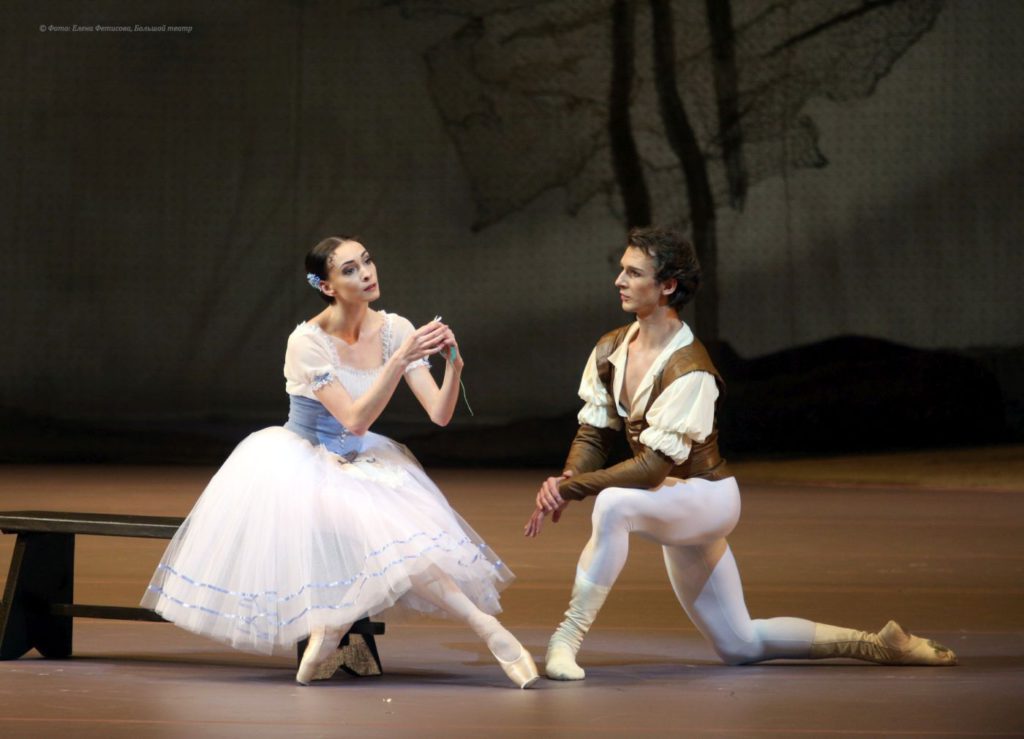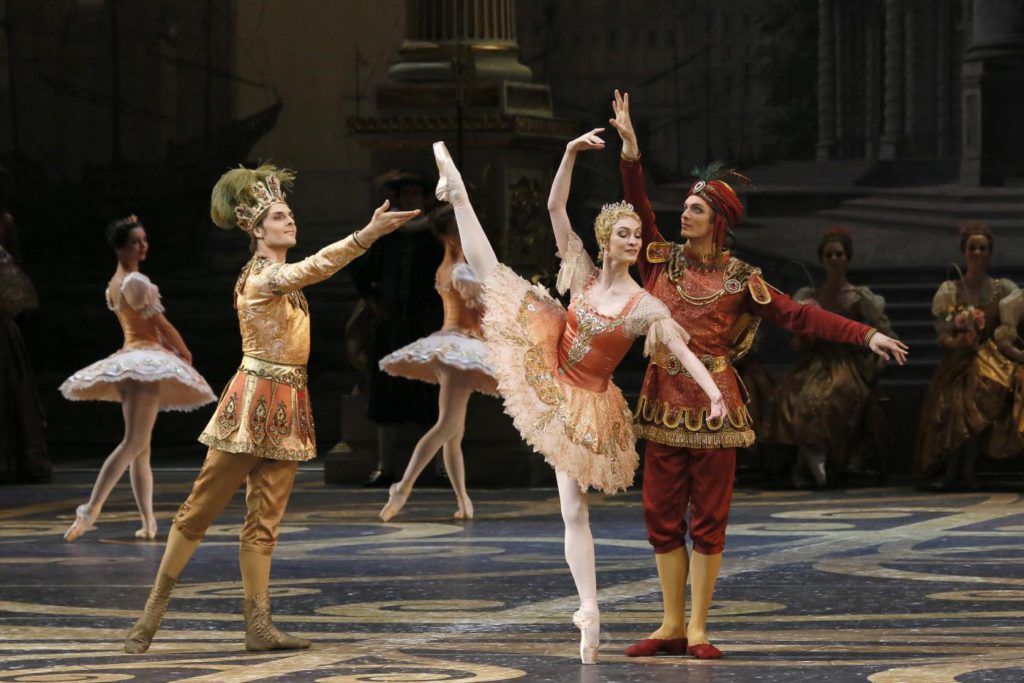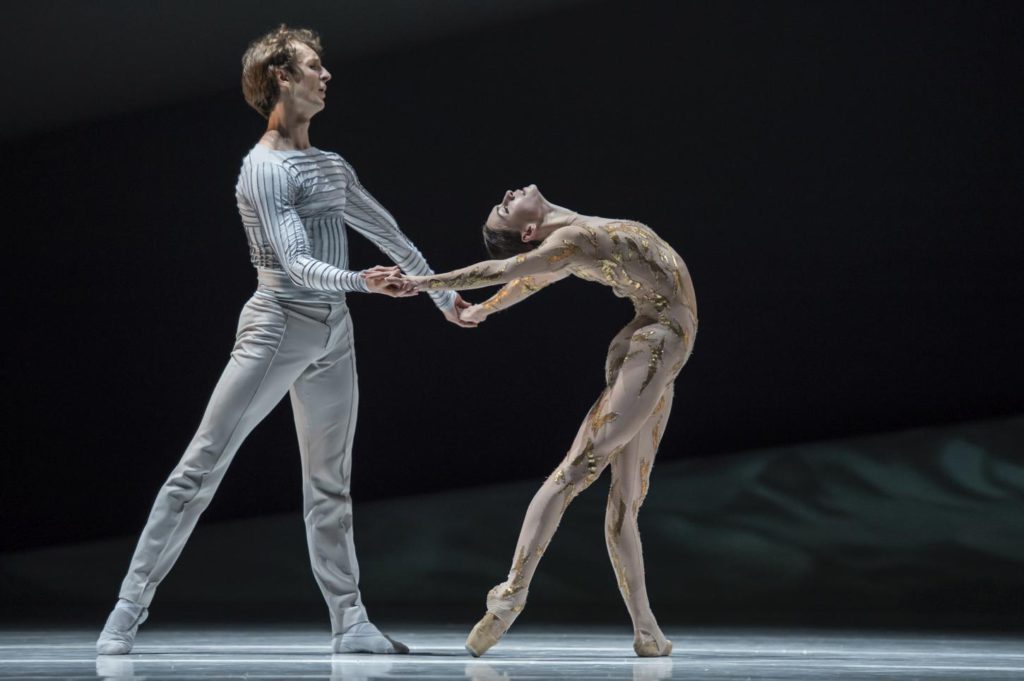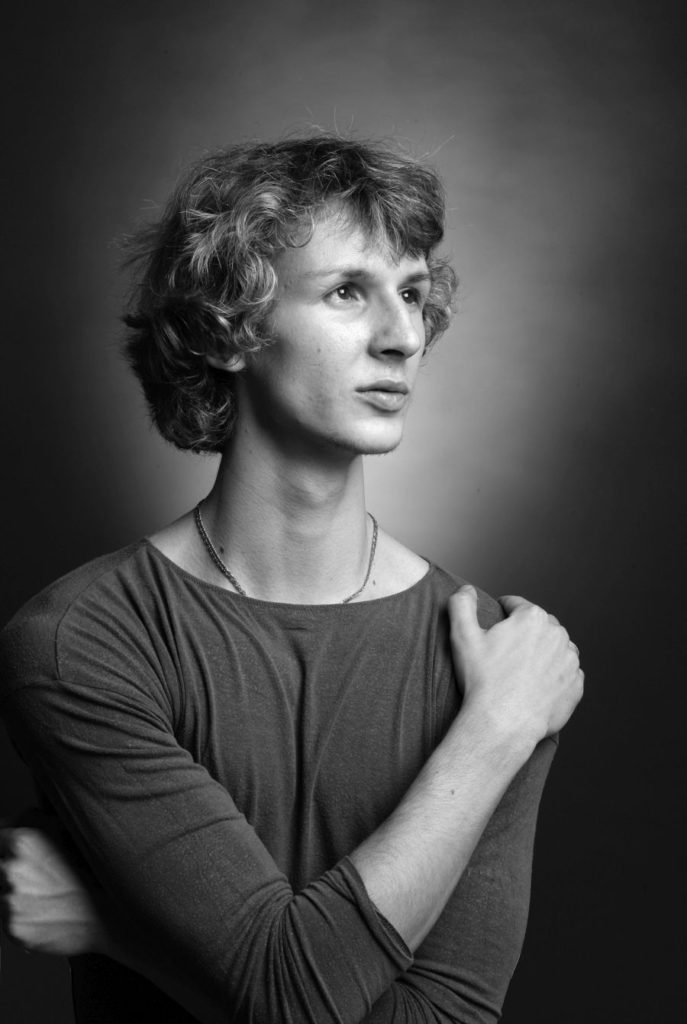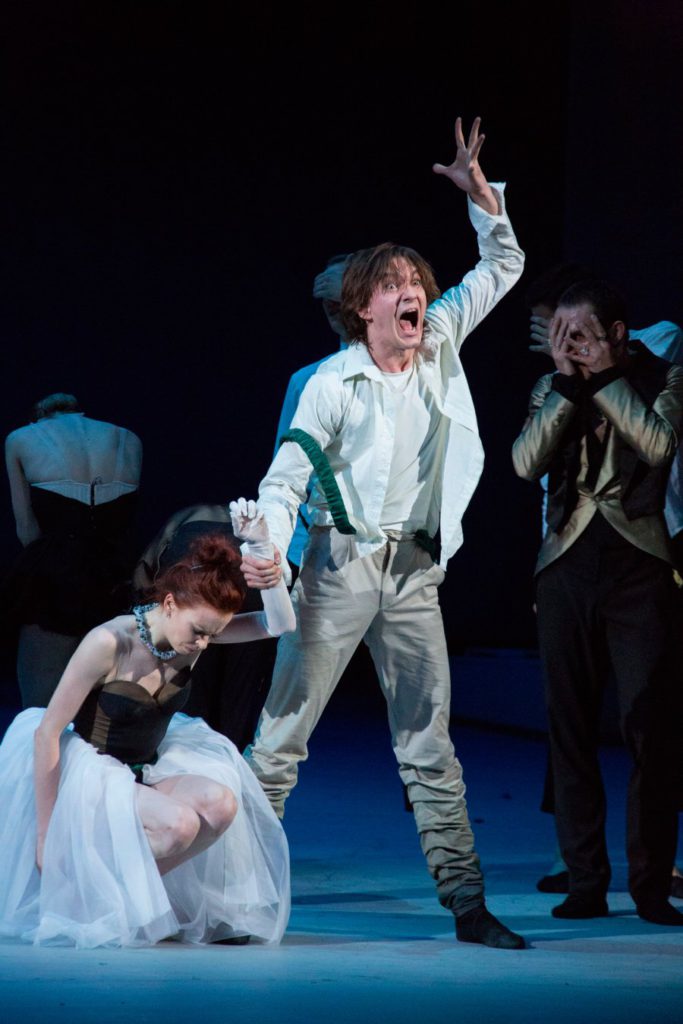Twice as Tragic
“Swan Lake”
Ballet Company of Teatro alla Scala
Teatro alla Scala
Milan, Italy
September 27, 2023 (livestream)
by Ilona Landgraf
Copyright © 2023 by Ilona Landgraf
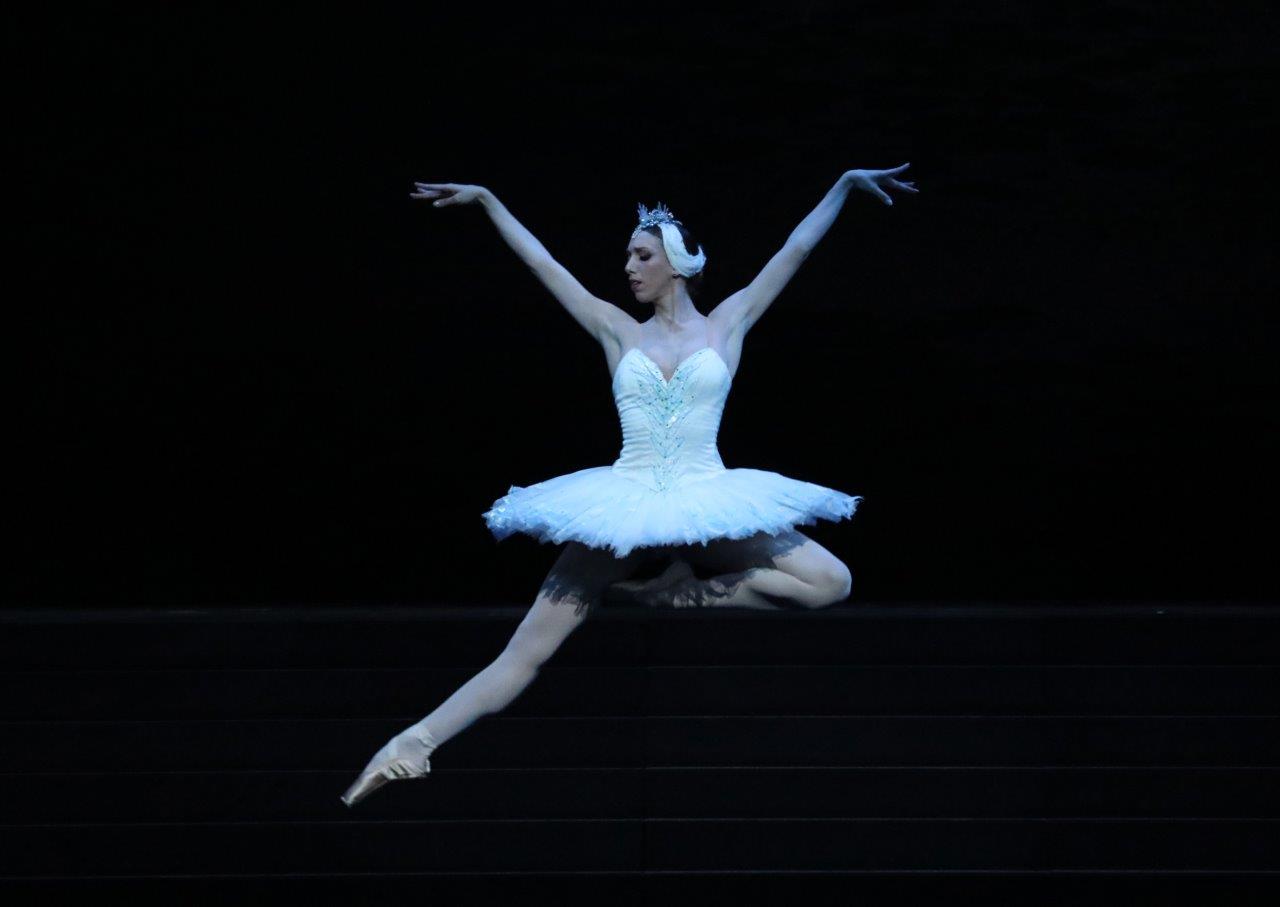 Last Wednesday’s livestream of “Swan Lake” was the third such event since Manuel Legris took over the artistic reins of the Teatro alla Scala’s ballet company in December 2020. What a pity that I missed the previous livestreams – “Le Corsaire” and “Romeo and Juliet”!
Last Wednesday’s livestream of “Swan Lake” was the third such event since Manuel Legris took over the artistic reins of the Teatro alla Scala’s ballet company in December 2020. What a pity that I missed the previous livestreams – “Le Corsaire” and “Romeo and Juliet”!
La Scala dances a version of Rudolf Nureyev’s “Swan Lake” that, if I’m not mistaken, is the one he created for the Paris Opera Ballet in 1984. As all of his ballets, this one has jam-packed choreography. Last time it was shown in Milan in 2014 under the directorship of Makhar Vaziev. After Vaziev left to the Bolshoi Ballet in 2015, La Scala’s company entered unsteady waters. Legris’s guidance seems to be returning the company to its previous standards. Olga Smirnova and Jacopo Tissi (former colleagues at the Bolshoi and meanwhile at Dutch National Ballet) guested in the leading roles twice. The livestream was given to in-house soloists – Maria Celeste Losa (Odette / Odile) and Navrin Turnbull (Prince Siegfried). (more…)
